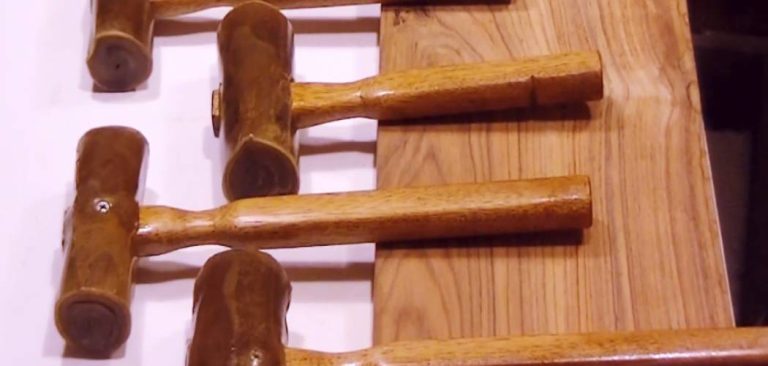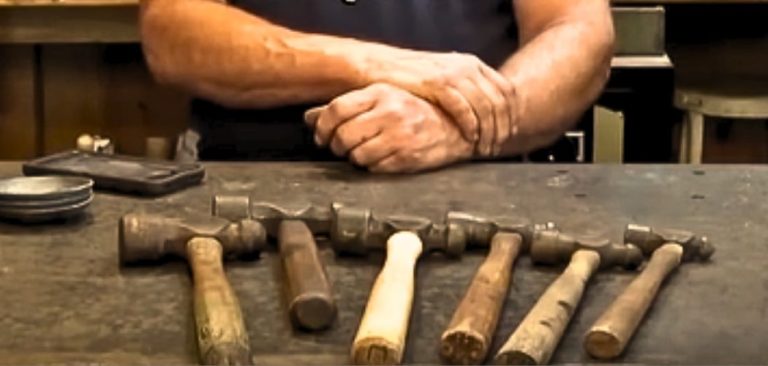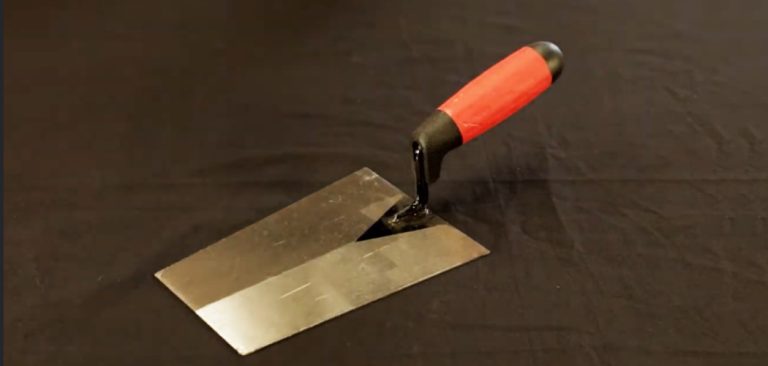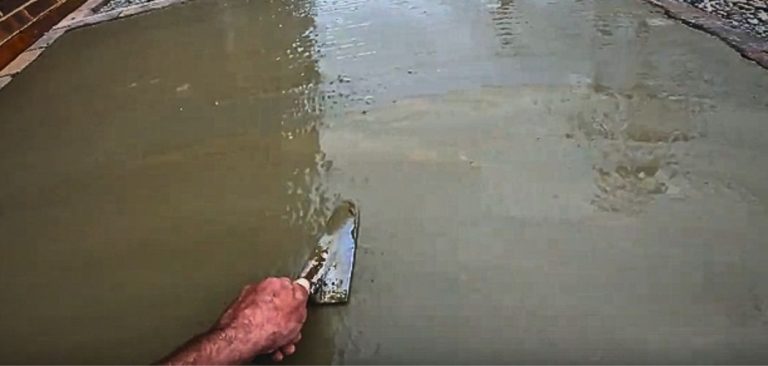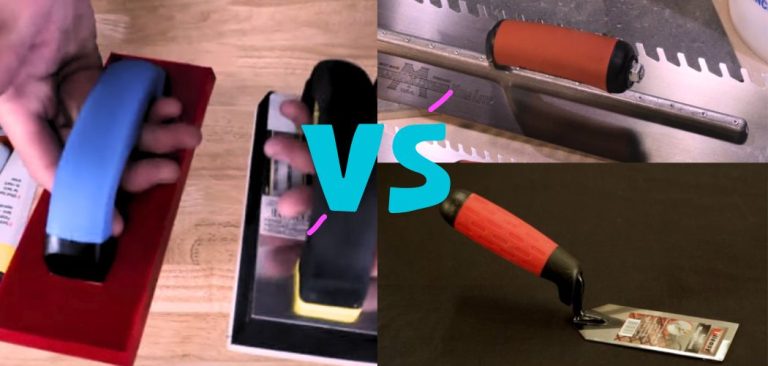Concrete Trowel Vs Float
As I grasped the concrete trowel and floated, a striking resemblance between the two caught my attention. I soon realized I wasn’t alone in this confusion. Numerous individuals, like myself, may have encountered the same dilemma.
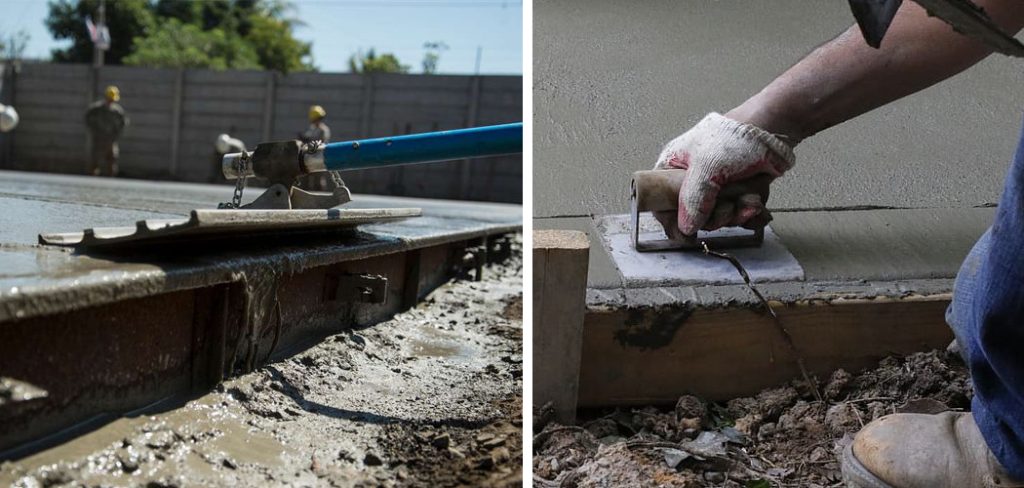
However, upon closer examination, I discovered that despite their similar appearance, these tools serve distinct purposes. In this article, I will shed light on the contrasting functionalities bet the concrete trowel and float, aiming to clarify any misconceptions surrounding their usage.
About Concrete Trowel and Float
Concrete Trowel
A concrete trowel is used in construction to smooth and level freshly poured concrete. It removes imperfections, evens the surface, and creates a visually appealing finish. The trowel helps remove excess water from the concrete and enhances its strength and durability.

It can also be used to create a polished or glossy finish. Different types of trowels are used for various stages of the concrete finishing process. A concrete trowel is essential for achieving a smooth, level, and durable concrete surface.
Concrete Float
A concrete float is a tool used to smooth and finish concrete surfaces. It is used after leveling the surface with a screed. Floating removes imperfections and compacts the concrete for further steps. Floats can be hand tools; bull floats with long handles, or power trowels. They are made of magnesium, aluminum, or wood.
What is the Actual Difference Between Concrete Trowel Vs Float?
The main difference between a concrete trowel and a float lies in their purpose and the stage of the concrete finishing process where they are used. Besides, they are different, so I have discussed it. I hope it’s essential for you. So let’s start.
1. Purpose
A concrete trowel is primarily used for the final finishing of concrete surfaces. It is used to achieve a smooth and polished appearance, removing any remaining imperfections and leveling the surface.
Float is used for initial surface leveling and smoothing of freshly poured concrete. It helps remove imperfections, compact the concrete, and prepare it for further finishing steps.
2. Design
Trowels have a flat, rectangular, or circular metal blade attached to a handle. They can be either hand-operated or powered by an engine, known as power trowels.
Floats come in various forms. Hand floats are small tools that can be operated manually. Bull floats, on the other hand, have a larger flat surface and a long handle to cover larger areas efficiently. Power floats, or power trowels, have engines for larger-scale projects.
3. Application
Concrete trowels are typically used after the initial floating process once the concrete has partially hardened. They are used to create a fine finish and are commonly employed in applications such as decorative or polished concrete floors.
Floats are typically used before troweling. They are employed immediately after pouring the concrete and leveling with a screed. Floats make the surface level, remove high spots, and consolidate the concrete.
In summary, the main distinction between a concrete trowel and a float is that trowels are used to finish concrete surfaces. In contrast, floats are used for initial leveling, smoothing, and consolidating freshly poured concrete.
Pros and Cons of the Concrete Trowel
A concrete trowel has some advantages and disadvantages. I will discuss this, so let’s start. I hope it’s very helpful for you.
Pros
- Trowels, especially power trowels, can cover large areas quickly, increasing work efficiency.
- Concrete trowels allow precise control, producing a smooth and visually appealing finish.
- Troweling compacts the concrete, enhancing its strength and durability.
- Trowels can be used for various concrete applications, including decorative finishes and polished floors.
Cons
- Power trowels can be expensive to purchase or rent, adding to project costs.
- Achieving a high-quality finish with a trowel requires skill and experience.
- Troweling is influenced by weather conditions, such as temperature and humidity, which can impact curing time and results.
Pros and Cons of Concrete Float
Pros
- Floats are your secret weapon for achieving a flawless concrete foundation. They effortlessly level and smooth freshly poured concrete, erasing imperfections and creating a picture-perfect surface.
- Unlike their power tool counterparts, hand floats are budget-friendly champions. They offer cost-effective versatility, making them accessible for small-scale projects and occasional touch-ups.
- Floats are a dream to handle, requiring no superpowers to operate. Even beginners can wield these tools like seasoned experts, achieving impressive results.
- Floats are the Swiss Army knives of concrete tools. From sidewalks and driveways to foundations and slabs, they fearlessly tackle various concrete applications with ease.
Cons
- Using hand floats can be physically demanding, requiring manual labor and consistent arm movements. Prepare to flex those muscles and enjoy the satisfaction of a job well done.
- Hand floats have a smaller coverage area, demanding more time and effort to cover larger surfaces. Patience becomes a virtue as you float your way to perfection.
- Due to the manual operation and smaller coverage area, using hand floats may extend the overall project timeline. Embrace the journey and revel in the satisfaction of a job done right.
- While hand floats work wonders, they may offer less precision than power trowels. Mastering the art of float manipulation ensures a smooth and uniform finish.
Overall, using a float offers the allure of flawless foundations, budget-friendly beauty, and versatile functionality.
What Would You Choose Between a Concrete Trowel and Float?
The choice between a concrete trowel and a float depends on the project’s specific requirements. A concrete trowel is used for final finishing and achieving a smooth, polished appearance, while a float is used for initial leveling and surface preparation.
The choice should be based on the desired finish, project characteristics, and personal preference. Decisions need to be made by evaluating your specific project needs to determine which tool is the most appropriate choice.
FAQ’s
Is a Float Better Than a Trowel for Concrete Finishing?
Using a concrete float is better than a trowel in specific situations, especially during the early stages of concrete finishing. A wood float is more suitable when you want to achieve a slightly textured surface finish and reduce the likelihood of slipperiness when the surface is wet.
It is better suited for external use where slip resistance is crucial, such as sidewalks, driveways, or outdoor pathways.
Can You Use a Concrete Float With a Trowel?
A concrete float and a trowel can be used together during concrete finishing. The float is applied first to level and texture the wet concrete, while the trowel is used afterward to create a smoother and more polished surface.
This combination allows for a well-finished concrete surface with the desired texture and smoothness.
Do You Use Floats or Trowels First?
Use floats first and then trowels in the concrete finishing process. Floats are employed on wet concrete to level the surface and create texture. Trowels are used after partial setting to achieve a smooth and polished finish.
Conclusion
I have highlighted the main differences between the concrete trowel and float based on sufficient research. If you found this article enlightening and informative, don’t keep it to yourself! Share it with your friends, colleagues, and anyone else who might benefit from understanding the differences between concrete trowels and floats.
Feel free to leave your thoughts, questions, and experiences in the comments section below. Together, let.
Check it out –

